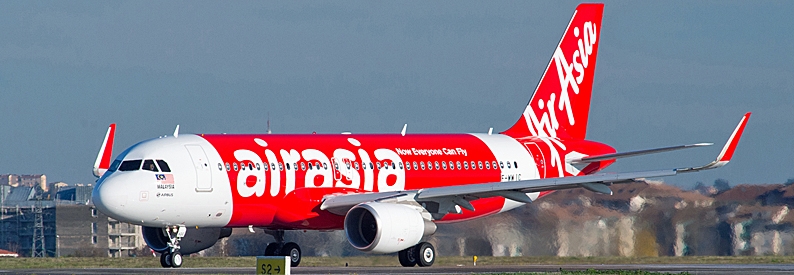AirAsia Shifts Domestic Routes from Subang to KUL T2

AirAsia is set to pull its only two routes from Sultan Abdul Aziz Shah Airport (Subang) just over six months after resuming jet operations there—a return that marked the end of a more than two-decade-long absence. Starting April 7, the airline will relocate its domestic services to Kota Kinabalu and Kuching from Kuala Lumpur International Airport’s Terminal 2 (KUL T2), citing a surge in passenger demand and the need for greater operational efficiency.
Passenger volumes on key routes between Kuala Lumpur and East Malaysia have soared, recording a 16% year-over-year increase. By consolidating its domestic operations at KUL T2, AirAsia aims to better manage rising traffic and capitalize on the terminal’s modern infrastructure, which is designed to support large-scale connectivity—especially during peak travel periods.
“While Subang Airport has provided valuable proximity and easier access for city dwellers, [KUL] T2’s infrastructure supports connectivity needs at scale—particularly during peak travel periods,” said AirAsia Malaysia CEO Fareh Mazputra. He added that the move will allow the airline to offer a more efficient and seamless travel experience for its guests.
To ensure a smooth transition, AirAsia will continue operating from Subang Airport through the high-demand Hari Raya week. “This allows the majority of guests traveling for the holidays to benefit from its convenience before the shift,” Mazputra explained.
AirAsia’s return to Subang in August 2024 was a significant milestone, marking its comeback to the airport 24 years after it first launched operations there. Historically, Subang served as Kuala Lumpur’s primary aviation hub from 1965 until 1998, when Kuala Lumpur International Airport (KUL) opened its doors. Four years later, Malaysia’s government phased out jet operations at Subang, reclassifying it as a general aviation airport. Since then, the airport primarily hosted domestic and international carriers operating turboprop aircraft and provided services for business aviation, until jet operations resumed last year.
The decision to shift operations to KUL T2 reflects AirAsia’s strategic response to evolving market conditions. With passenger demand steadily increasing on domestic routes to East Malaysia, leveraging the enhanced capacity and connectivity of KUL T2 will enable the airline to better serve its customers and support future growth. This move not only streamlines operations but also positions AirAsia to compete more effectively in an increasingly dynamic market.
By concentrating its services at a modern hub like KUL T2, AirAsia can capitalize on advanced facilities and a more robust route network, ensuring passengers benefit from improved scheduling, reduced delays, and a more integrated travel experience. As the airline continues to adapt to market trends and passenger needs, its focus on operational efficiency and customer convenience remains at the forefront of its strategic initiatives.
AirAsia’s shift from Subang to KUL T2 is a calculated move driven by the twin goals of accommodating rising traffic and enhancing service quality. As domestic travel continues to rebound, this transition underscores the airline’s commitment to meeting passenger demands and maintaining a competitive edge in the rapidly evolving aviation landscape.
Related News : https://suspicious-zhukovsky.67-21-117-18.plesk.page/?s=AirAsia
